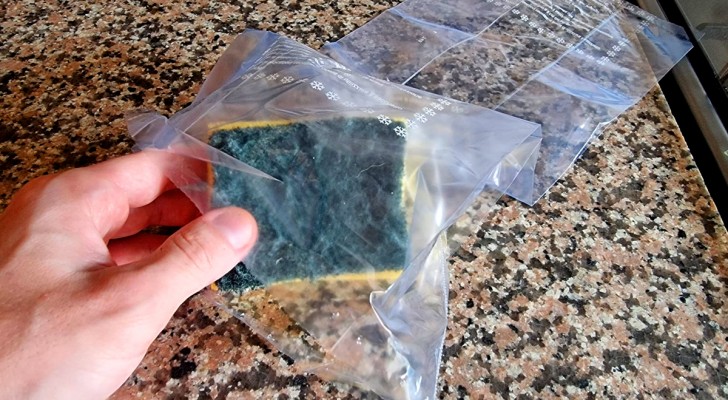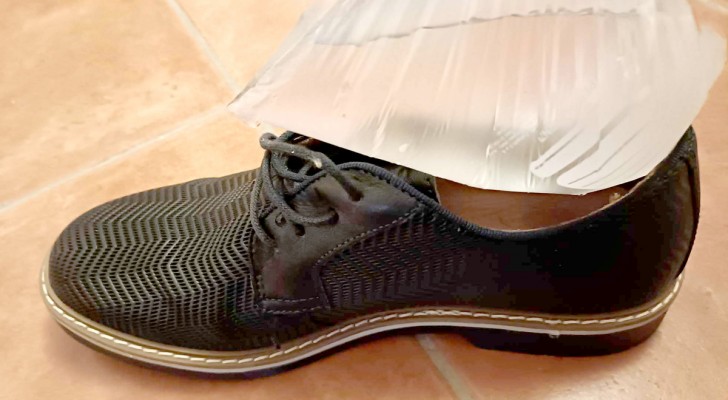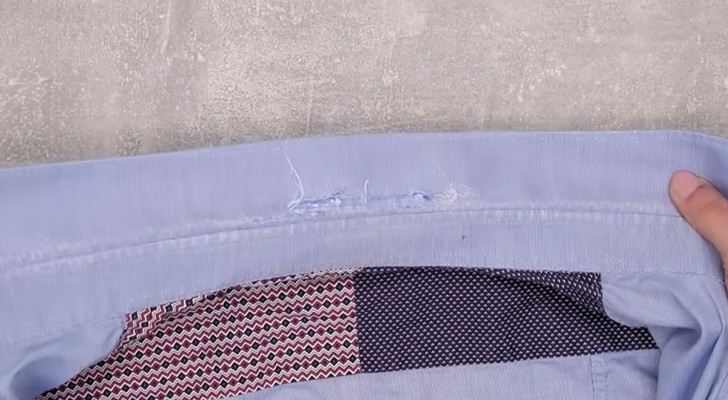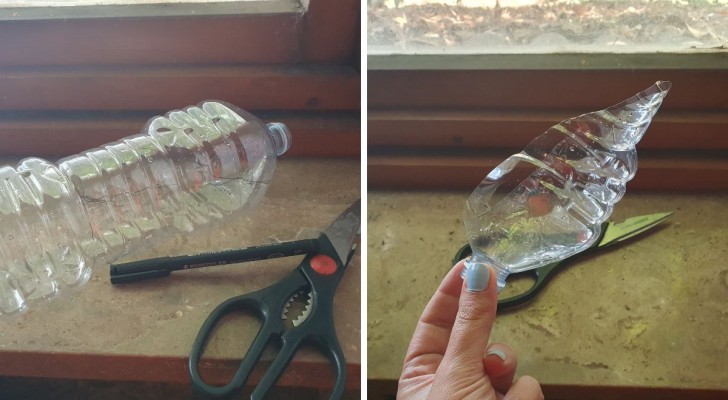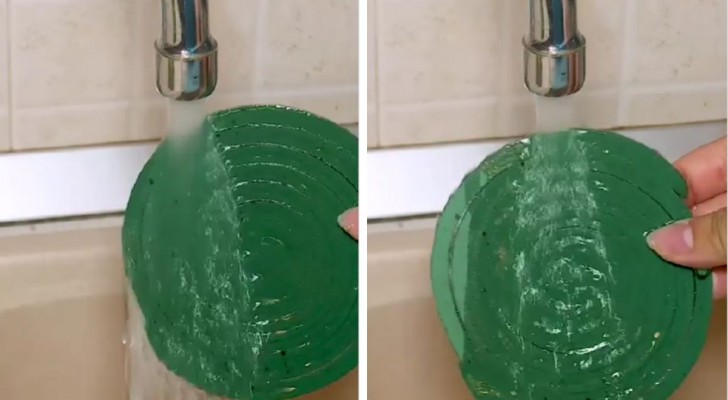Are the silicone joints in your bathroom black from mold? Find out how to get rid of it with DIY methods
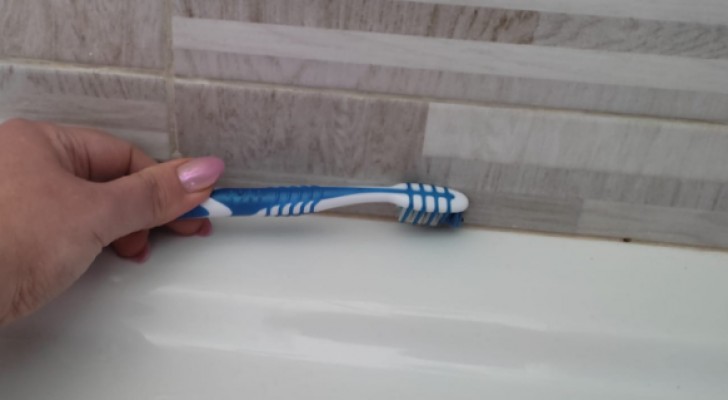
The bathroom is one of the environments in which the most humidity accumulates in the house, so it is highly likely that mold stains will appear there more than in the rest of the house. Generally, this mold will grow and form precisely in the points where the water vapor that is deposited on the walls condenses. So, you are likely to notice the annoying dark spots at the silicone joints that you have between the edges of the shower, sink or bathtub and the wall itself, where this sealant is used to prevent water from flowing all over the place.
In addition to being aesthetically unpleasant, mold formations are a health risk and must be removed immediately in order to prevent the spread of mold spores and from making the problem even more widespread. Read on to find out how you can take care of mold infestation yourself.
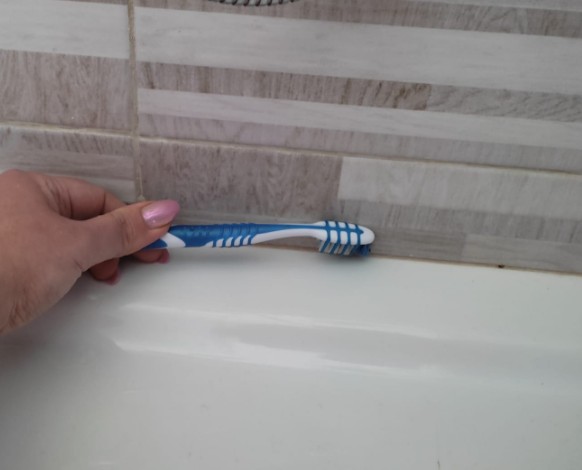
Creativo
What you need:
- White vinegar, or
- Hydrogen peroxide and sodium bicarbonate
- A soft cloth
- An old toothbrush with soft bristles
- A sponge
- Bleach
How to proceed:
- If you use vinegar, soak the rag / cloth with it and lay it all over the silicone, leaving it to act for half an hour or more before removing it.
- If you use hydrogen peroxide and bicarbonate, add enough hydrogen peroxide to two / three tablespoons of bicarbonate to create a paste, and get yourself an old toothbrush to spread it all over the silicone. Again, wait half an hour.
- With the brush, scrub the silicone thoroughly in order to remove as much as possible of the dark dirt / stains you see.
- Use the sponge, which has been washed and squeezed near dry, and pour a little vinegar over it before wiping it on the silicone, so as to remove off any remaining stains and residual mold.
- You can repeat these steps until the stains disappear.
- Dry off with clean, old towels or a clean, soft cloth
Even when the stains have disappeared, you need to make sure that the spores are removed, and it is at this point that you will need to use the bleach.
A warning that is always worth remembering: ventilate the bathroom well while you take care of these tasks, and wear a mask and gloves, especially when handling corrosive substances such as bleach.
- In a spray bottle, mix one part bleach with four parts of water.
- Spray the solution generously on the silicone and let it act until all the solution evaporates.
- Rinse off again with cold water and a sponge.
- Dry with a clean towel or cloth.
To avoid the future formation of mold in the bathroom, always remember to activate the suction systems (extractor fans) or open the doors and windows after a shower / bath so as to circulate the air and dry the surfaces as quickly as possible. Some plants that benefit from a humid climate, such as ferns, can also help when placed in the bathroom.

